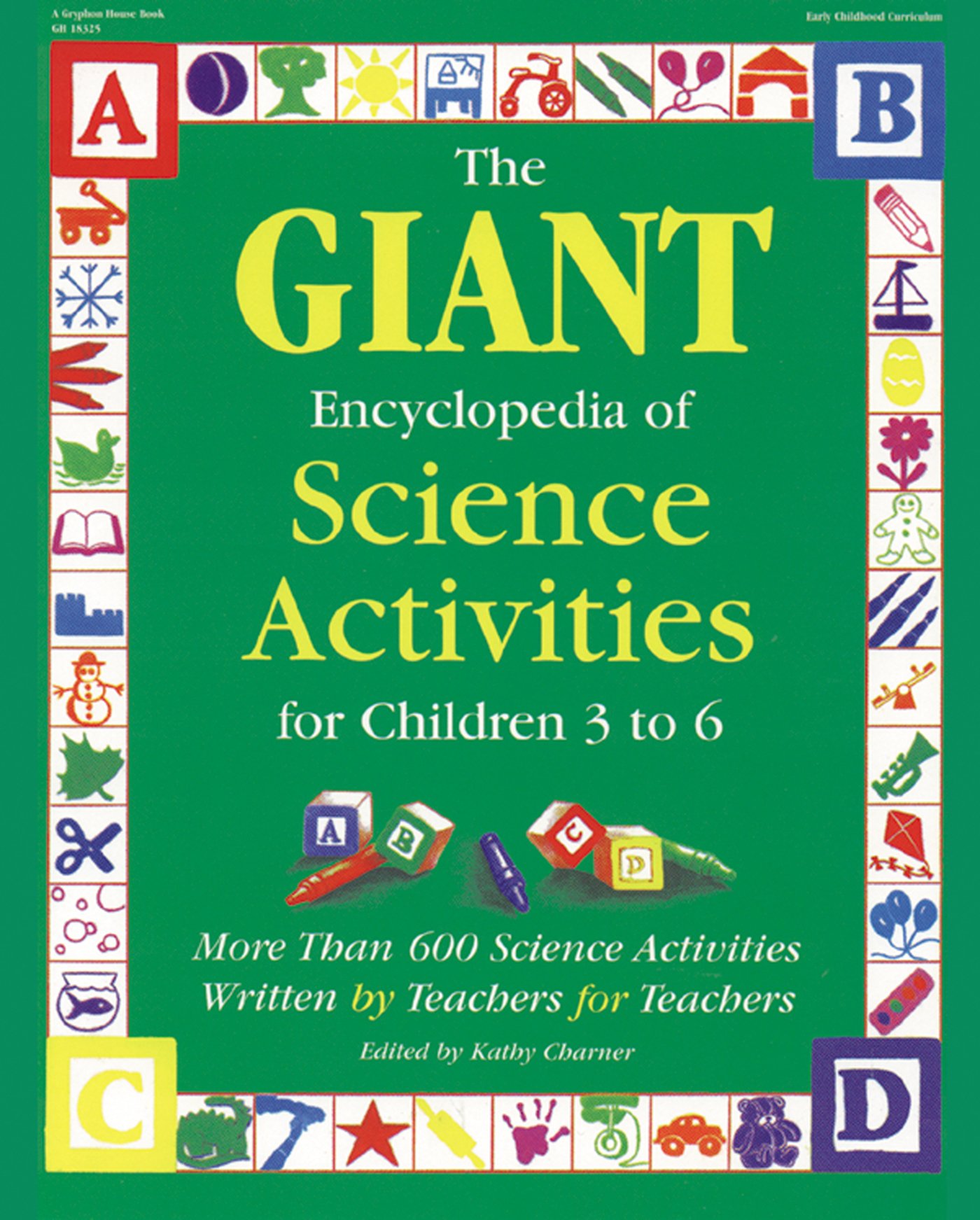Materials
Imaginations
Instructions
1. Take the children on an imaginary animal hunt. All should sit in chairs with hands on their knees.
2. As the hunt begins, show them how to slap their knees alternately to simulate a person walking.
3. The children repeat each line after you say it and imitate your hand movements.
4. Chant this animal hunt poem as you slap your knees.We're going on an animal hunt.We're going to get some big ones.I'm not afraid!Oh, no!What's that up ahead?It's a river.*Can't go around it. (try other prepositions, too, for example, over or through)Can't go under it.We'll have to swim it.* Suggestions for animal habitats:Bird Tree Monkey TreeLion Grass Tiger GrassBear Cave Goat MountainBobcat Mountain Snake RiverFish River Octopus OceanWhale Ocean5. Pause after the first verse and ask what kind of animals live in the river. Allow for some discussion and then suggest that the children attempt to catch some of those types of animals as you swim across the river.
6. Make swimming motions and pretend you are picking up various fish and water creatures and putting them in a sack. Wipe your forehead with your hand, shake your arms and begin slapping your knees again as you say the next verse of the poem.
7. Continue as you explore a variety of animal habitats until you feel you have gathered enough animals or the children's interest begins to wane. Stop your safari in a nice field for lunch and, over your pretend meal, discuss the animalsyou have collected during your adventure. Here are some questions you could ask to stimulate conversations. Where did we get the snakes? What lived in the tall grass? What did you find under the rocks in the river?8. Discuss what you should now do with your collection of animals. Should you put them in a zoo or release them back into the wild? Maybe you can take them home with you in your backpack, or just let them loose to roam around the room.More to doArt: Cut out magazine pictures of a variety of animals and use them to make a collage to represent what you found on your animal hunt. * The children can make their own binoculars for use on your jungle safari. Have them decorate two toilet paper rolls in any manner they wish. Avoid using glitter or glued-on materials since these will be used near the eyes and such materials often fall off. Tape or staple the two tubes together to form a pair of binoculars. Punch twoholes in the ends and tie on some string or yarn so that the binoculars can be worn around the children's necks.Language: Make a simplified lift-the-flap book about your jungle adventures. Cut out magazine pictures of jungle animals and glue them to an 8" x 10" (20 cm x 25 cm) piece of paper. Have the children draw a representation of that animal's habitat, such as grass for a snake or a tree for a bird. Cut the picture of the habitat out and create a flap to fit over and hide the animal picture. Affix the cutout to the 8" x 10" paper using glue or a metal brad. Now you can lift the flap to find out which jungle animals live in which habitat. Create a cover and bind the pagestogether into a book.
